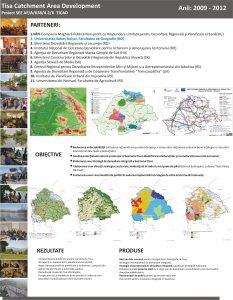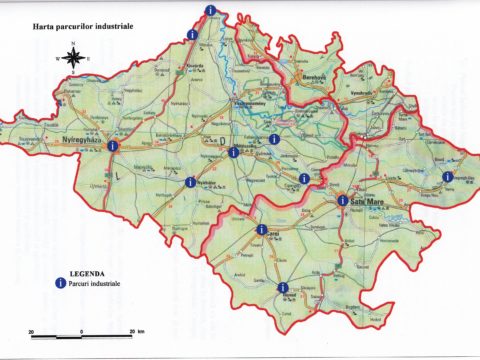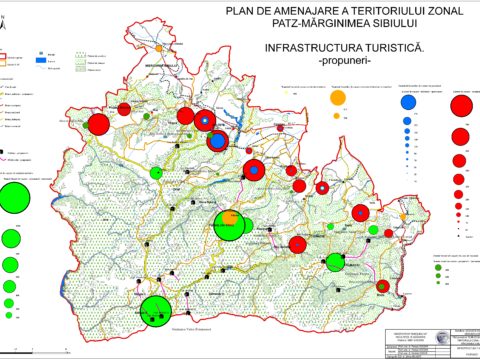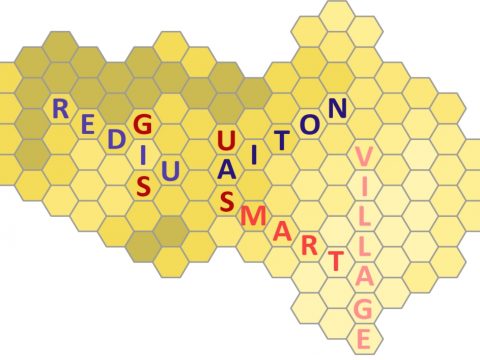2009-2012 – TISA CATCHMENT AREA DEVELOPMENT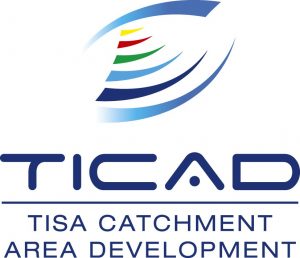
Project code: SEE/A/638/4.2/X – TICAD
Project funded under the South East Europe Transnational Cooperation Programme
Implementation period: 01.05.2009 – 28.02.2012
Parteners:
- Lead partner: VÁTI Hungarian Nonprofit Limited Liability Company for Regional Development and Town Planning (Hungary)
- National authorities: Ministry of National Development and Economy (Hungary), Ministry of Regional Development and Housing (Romania), Ministry of Construction and Regional Development of the Slovak Republic (Slovakia), International Commission for the Protection of the Danube River – ICPDR – Tisza Group (Austria);
- Regional and local development agencies: South Great Plain Regional Development Agency (Hungary), Regional Centre for the Development of Small and Medium Enterprises and Entrepreneurship Subotica (Slovakia), Agency of Regional Development and Cross-border Co-operation “Transcarpathia” (Ukraine);
- Planning and scientific institutes and public authorities: National Research and Development Institute for Urban and Territorial Planning – URBANPROIECT (Romania), Babeş-Bolyai University – Faculty of Geography (Romania), Slovak Environmental Agency (Slovakia), University of Novi Sad – Faculty of Agriculture (Serbia), PC “Institute for Town Planning in Vojvodina” (Serbia), Provincial Secretariat of Agriculture, Water Management and Forestry (Serbia), Public Water Management Company Vode Vojvodine (Serbia).
Project objectives:
The project aims to contribute to the sustainable integrated territorial development of the Tisa area.
The project is focused on the following specific issues:
- To reduce vulnerability reasonable use of water resources, appropriate land use, adaptation to and mitigation of climate change impacts, attain better understanding of the current and potential environmental risks);
- To improve the knowledge of spatial consequences of different (mapping of territorial conflicts, tracking the territorial changes in the light of historical processes);
- To improve the physical and functional communication channels (renewal of traditional social networks, improvement of infrastructure system and settlement structure, development of viable polycentrism, revival of cross-border relations between settlements, restoration of road and rail border crossings, strengthening of cross-border cooperation, transnational knowledge exchange);
- To harmonize the use of natural and cultural assets (sustainable land use, water management and environmental consciousness, shared responsibility for the Tisa River);
- To agree on the common development goals and promote the efficient allocation of investment funds.
- Elaboration of a common methodology;
- Creation of a common information and database;
- Analysis of the state and perspective of the area: national studies and integrated assessment;
- Elaboration of an integrated strategy of water management, land-use consolidation, environmental rehabilitation, nature conservation, economic diversification, as well as social progress;
- Elaboration of three pilot projects representing typical issues of the area, discussions, public consultations;
- Formulation of recommendations: national, regional and local, with consequences drawn for the European policies;
- Dissemination of findings, outputs, results throughout the project and at the final stage.
Results:
- Improved public awareness of the Tisa concept
- 40 trained spatial planning experts
- Transnational spatial planning network of planning agencies and public authorities
- Progress in cross-border cooperation and tangible development guided by the pilot projects
- New and transferable approaches for a multidisciplinary and integrated development of river basins
Outputs:
- Joint database for the entire Tisa catchment area
- Territorial analysis of the Tisa catchment regions
- Transnational strategy, based on national strategies
- Three pilot projects: 1. Development Strategy of the Someş Catchment Area; 2. Strategy for the Integrated Revitalisation of the Hornád/Hernád River Valley; 3. Strategy for the Development of an Ecological Corridor aling the Tisa River
- International integrated development strategy
- Policy recommendations for the development of regions in the Tisa Catchment Area
- Integrated impact assessment tool developed for the TICAD project

